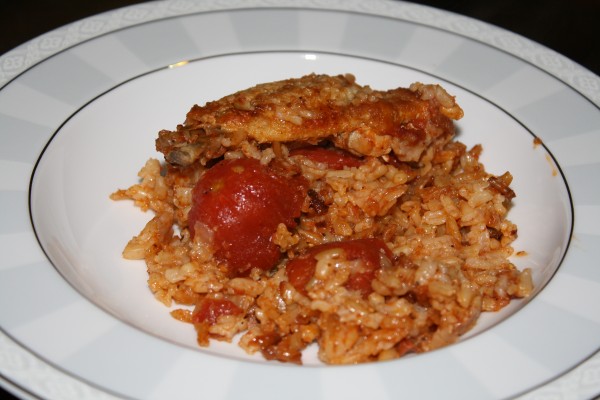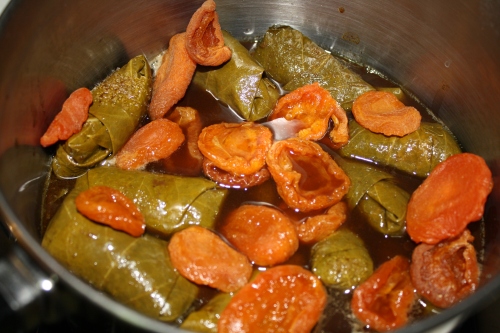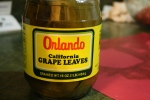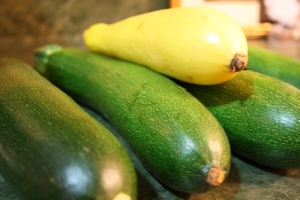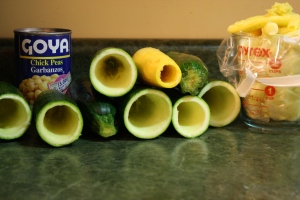These little Syrian meatballs are totally different from the ones we eat on top of spaghetti. Keftes tend to be smaller and are cooked in a sweet and sour tomato-based sauce and are eaten over rice. They’re one of my favorite Syrian dishes, and though they’re usually served as part of a whole spread of meats, salads and vegetables (sometimes they’re not even the only serve-over-rice dish), I like to make them the main event on a weeknight!
Keftes, or Syrian Meatballs
Ingredients:
For the keftes:
- 1 lb chopped meat
- 1 egg
- 2 tablespoons matzah meal
- salt and pepper
For the sauce:
- 2 (14 oz.) cans tomato sauce
- juice of 1 lemon
- 2 tablespoons tamarind paste
- 1 cup water
- 1 teaspoons sugar
- salt to taste
Directions:
- Mix all of the ingredients for the keftes together and form into balls, about 2 tablespoons in size.
- Brown the meatballs in a little bit of olive oil in a pot.
- Add all of the sauce ingredients, mix well and bring to a boil.
- Lower the fire, cover and let simmer for 40 minutes to an hour, making sure the keftes are cooked through.
- Serve over rice.
Oh, and happy birthday Rebekah!

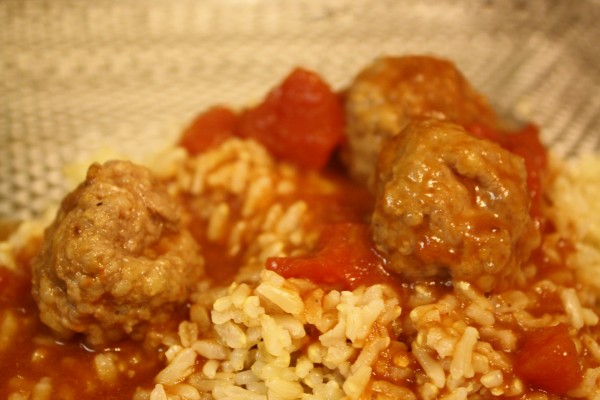
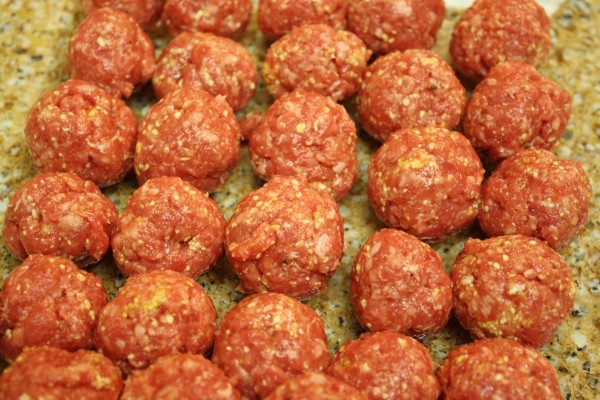
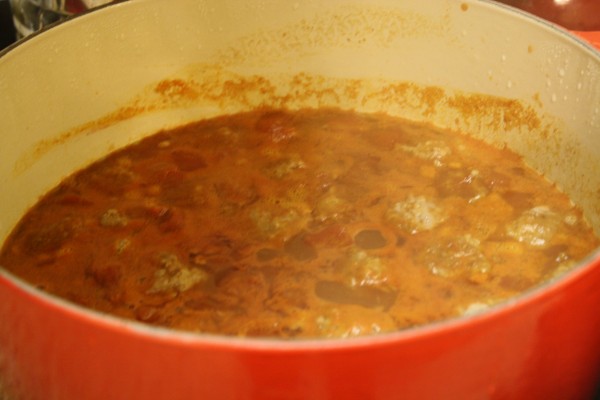
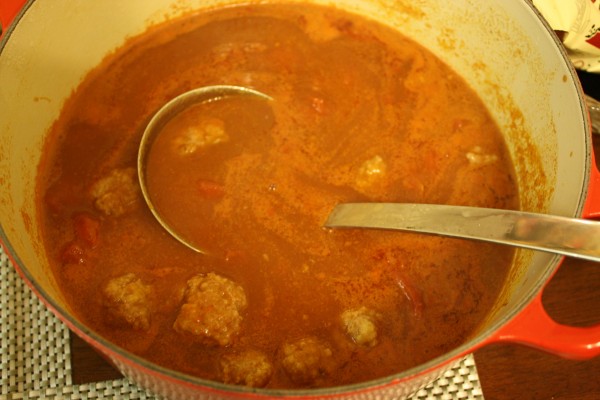
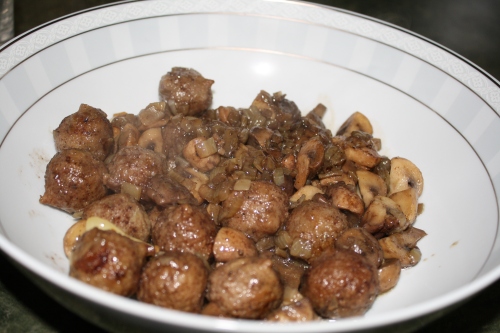
 *
*